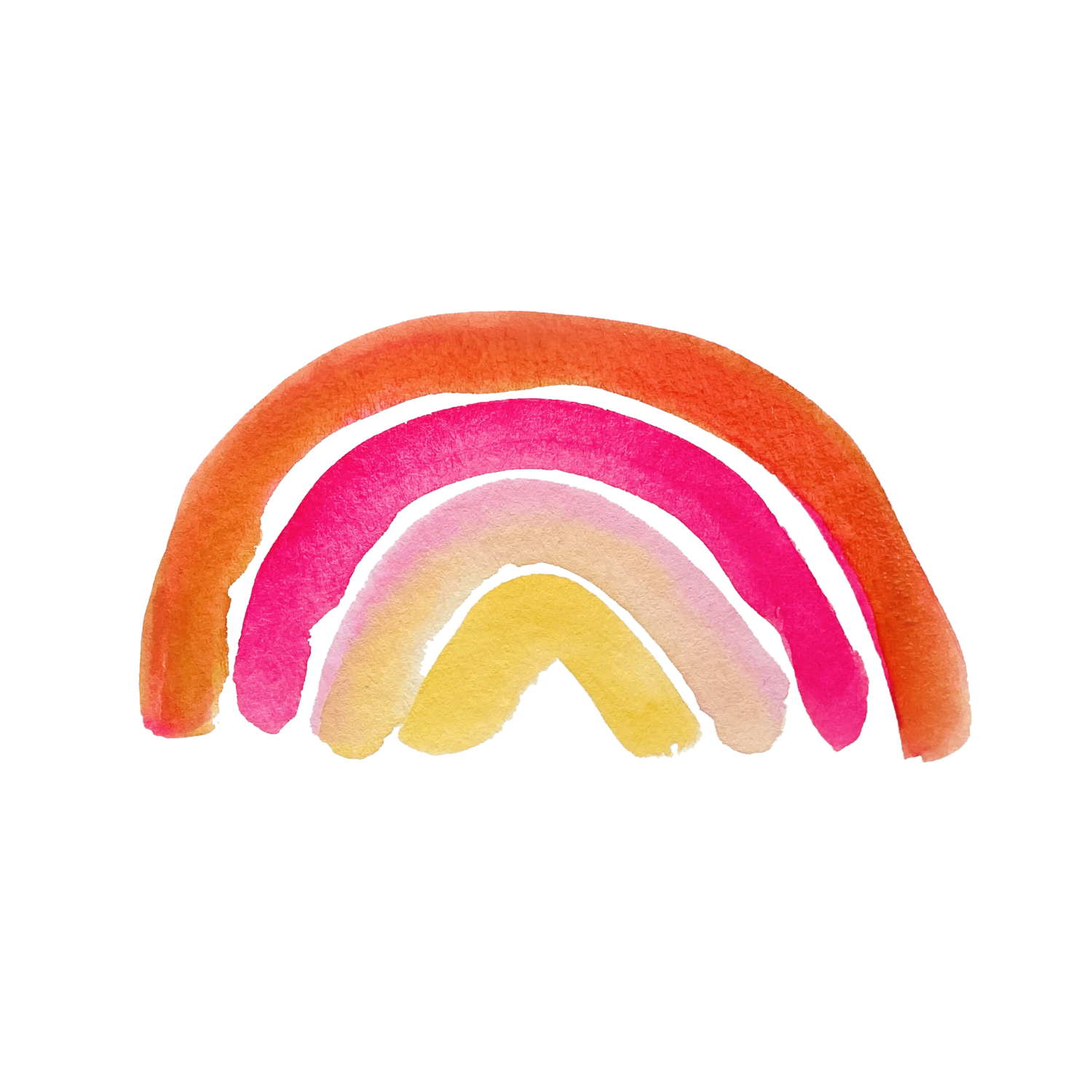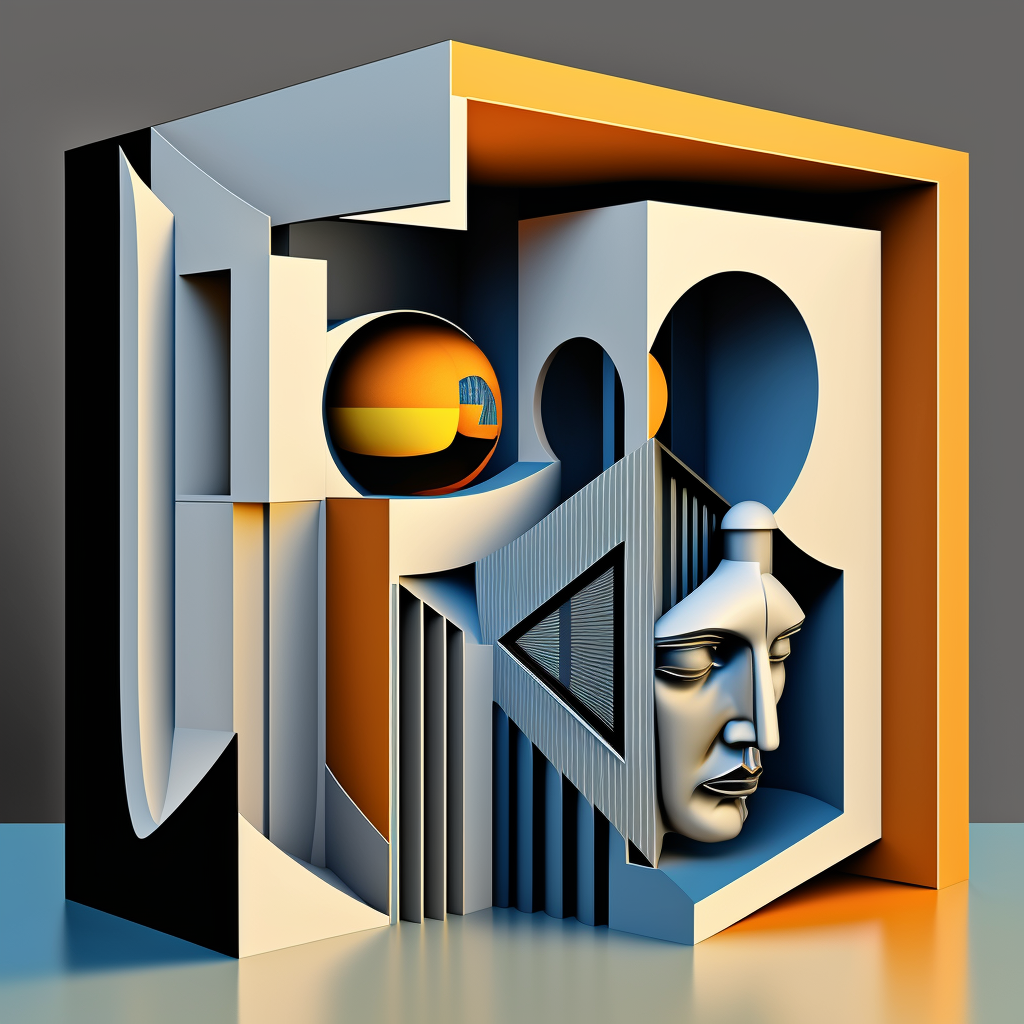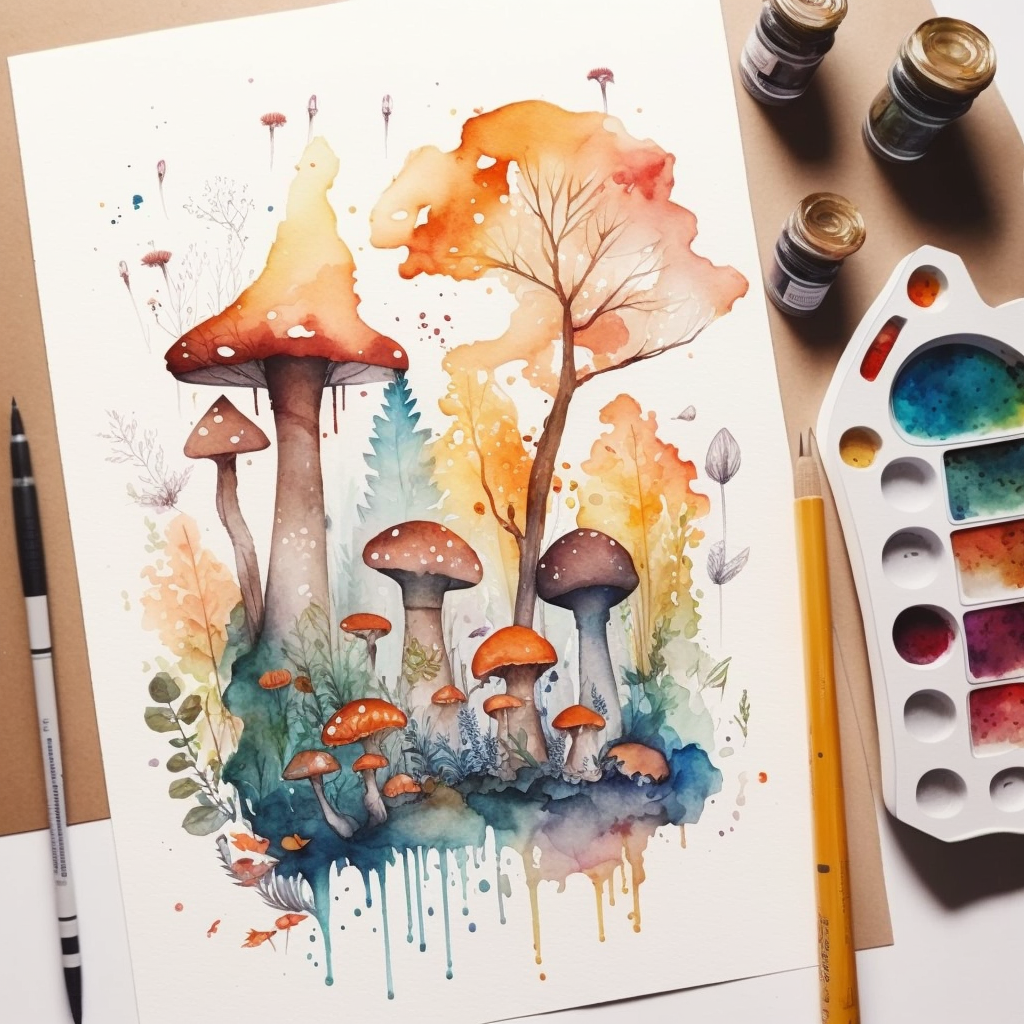Simulacra and Simulation by Jean Baudrillard explained for Artists
Simulacra and Simulation is a philosophical concept introduced by French theorist Jean Baudrillard in 1981. The concept has been widely influential in various fields of study, including philosophy, sociology, cultural studies, and media studies. It explores the relationship between reality, representation, and simulation in contemporary society, arguing that we live in a world that is increasingly saturated with simulations that are disconnected from any reality they might once have referred to. In this article, we will delve into the concept of Simulacra and Simulation and its relevance in today's world. How is this relevant to artists? Well artists often base their art on references to the real world. Artists depict a shifting reality in their work, an opinion based on something that originally was real.
Let’s examine Simulacra and Simulation then return to this idea of the artist. Baudrillard's concept of simulacra refers to copies of reality that are no longer based on any original referent. In other words, a simulacrum is a representation that has lost its connection to the reality it was meant to represent. According to Baudrillard, simulacra are the result of a process of simulation, in which representations are created that do not refer to any original reality. Instead, they create their own reality, which may bear little or no relation to the world we inhabit. This results in the artwork itself. The artwork is based on some original sign, but has little or nothing to do with the work that results.
Simulation, for Baudrillard, is the process by which reality is replaced by representations that are disconnected from it. In his view, this process has become increasingly dominant in contemporary society, to the point where we are surrounded by simulations that bear no relation to the reality they are supposed to represent. He argues that this process of simulation is not simply a distortion of reality but represents a fundamental shift in the way we experience the world. Often we call pretty things “art” because they give us an idealized image of something.
Baudrillard uses several examples to illustrate his theory of simulacra and simulation. One of the most famous is Disneyland, which he describes as a "perfect model of all the entangled orders of simulation." For Baudrillard, Disneyland is not a representation of reality but a simulation that creates its own reality. Visitors to Disneyland do not experience the park as a representation of anything outside of it but as a self-contained reality. Disneyland is not a copy of reality; it is a copy of a copy, a simulation of a simulation.
Another example Baudrillard uses to illustrate his theory is the Gulf War. He argues that the media coverage of the war created a simulation of the conflict that bore little relation to the reality of the situation. The war was not experienced as a real event but as a spectacle, a hyperreal representation that had little connection to the actual conflict. In Baudrillard's view, the Gulf War was not a real event but a simulation of a war, a copy of a copy that had lost all connection to reality.
The concept of simulacra and simulation has been influential in a number of fields of study. In sociology, it has been used to analyze the ways in which social structures and institutions are increasingly replaced by simulations that bear little relation to the reality they are supposed to represent. In cultural studies, it has been used to explore the ways in which popular culture creates its own realities, often based on simulacra that have little connection to the real world. In media studies, it has been used to analyze the ways in which the media creates its own realities, often based on representations that have little connection to the reality of the world.
In the era of social media, the concept of simulacra and simulation has become increasingly relevant. Social media platforms are filled with representations of ourselves and our lives that may bear little relation to reality. On Instagram, for example, people often present carefully curated versions of their lives, carefully selecting images and crafting narratives that present them in the best possible light. These representations may be simulacra that bear little relation to the reality of their lives. Artists also do this by “curating” their social media feed and putting forth a perspective, mood, or type of content for their viewers.
If you’d like to read Simulacra and Simulation, you can click the link to find the book on Amazon.



